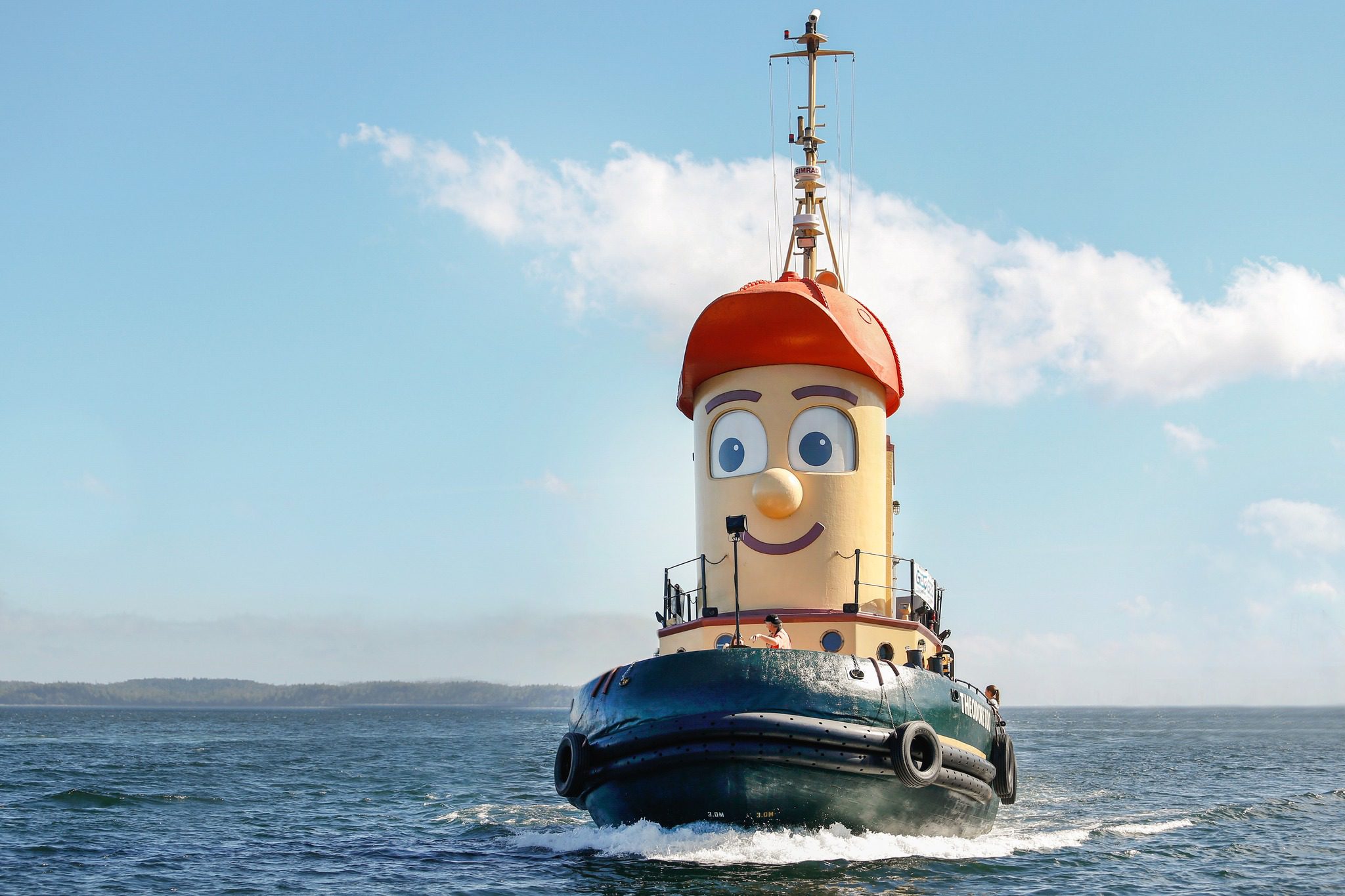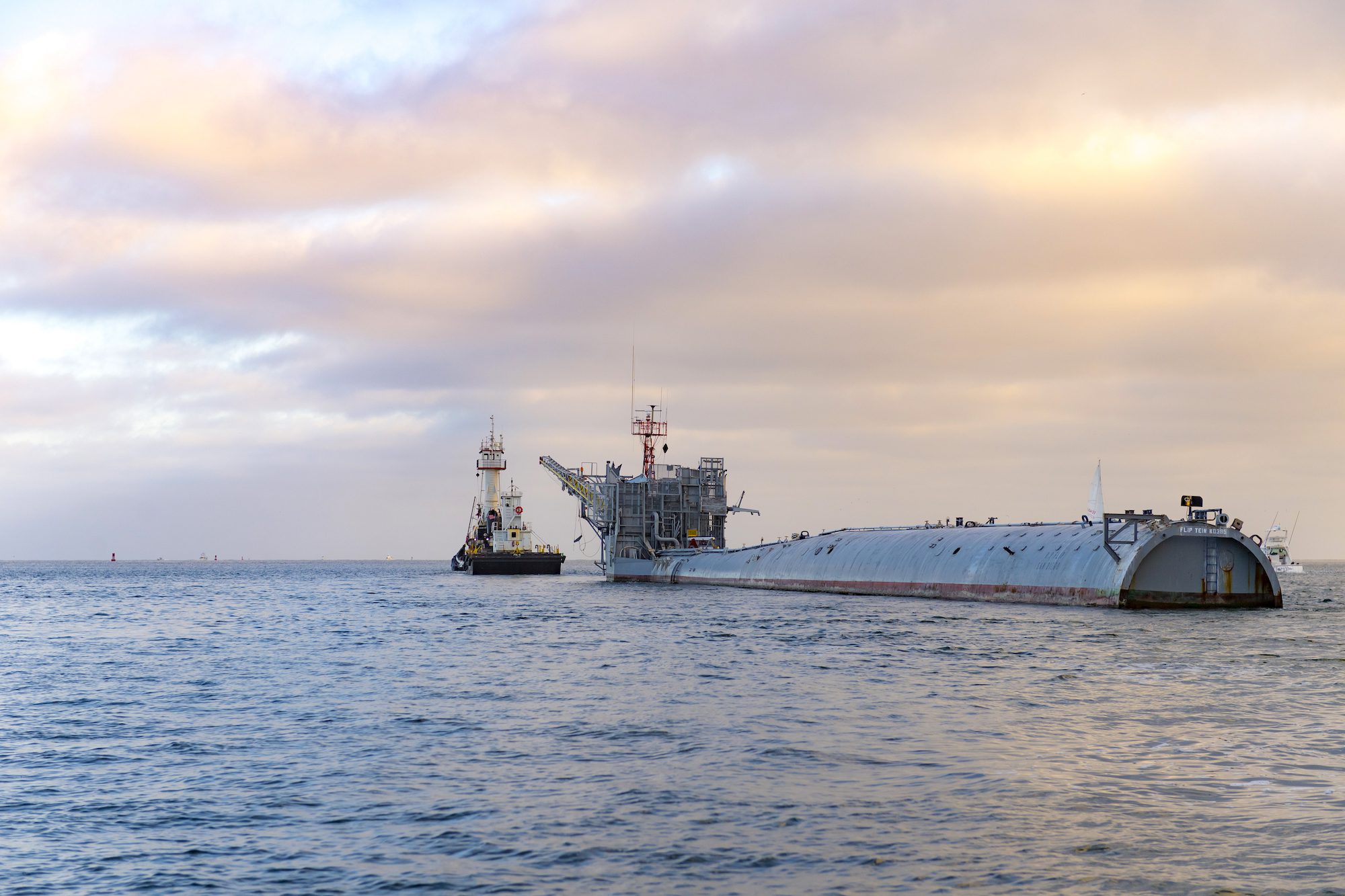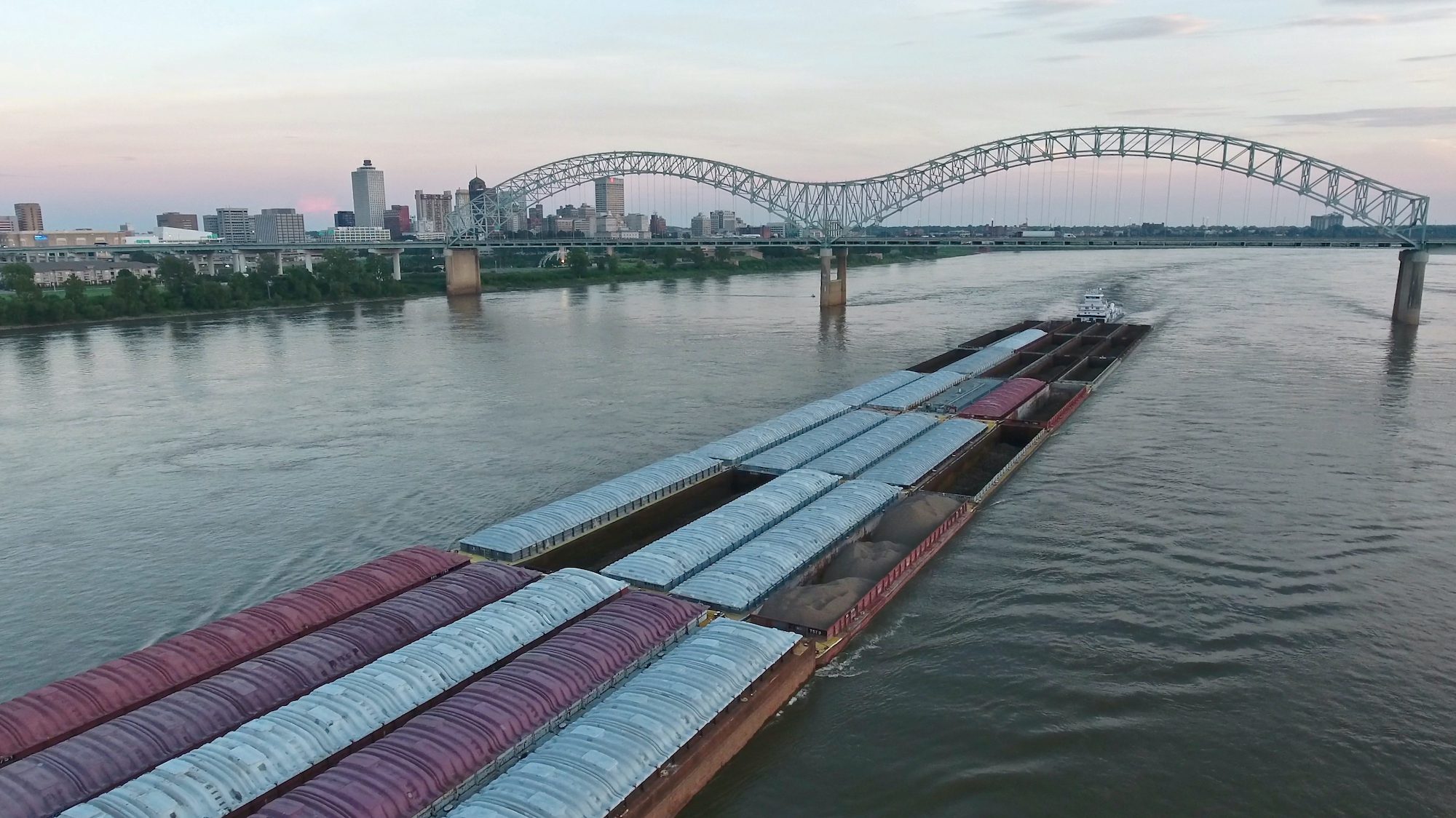
At a staff meeting about avoiding collisions and allisions in piloting waters with the Master and Pilot on the bridge my respected colleague responsible for training and operations had a question. How can an experienced, qualified Pilot and Master, standing side by side on the bridge, conn a ship into a collision or allision? How does that happen? It was a rhetorical question. A limited article will not answer the question, but hopefully it adds to the conversation that does.
The incident the Fleet Manager was addressing involved a disagreement between Master and Pilot about where the ship would end up. One thought the ship would clear the obstruction and the other did not. The questions and disagreement (conflict) continued until finally the ship hit the obstruction. It became obvious who was correct, but too late. Thus, prompting the Fleet Manager’s original question.
Disagreements are natural and expected. Conflict is unresolved disagreements fueled by escalating emotions. Emotions often displace or distort facts. Facts, absent of emotions, are key to resolving conflict or disagreement between Master and Pilot. In our Fleet Manager’s example, if I am the pilot with the conn, and I think the ship will clear the obstruction, and the master sees that the ship will not:
- The Master can be assured it is my intention to clear the obstruction. But for whatever reason I do not see what the master sees.
- If the master offers an opinion, ‘Mr. Pilot I don’t think we will clear the obstruction.’ Hopefully I respond by getting accurate information from multiple sources immediately. However, if it is just a matter of opinion and I don’t see what’s happening, I will likely be biased toward my opinion over the Master’s – at least to begin with.
- In this example as the pilot I have lost the bubble. What I need to break out of my bias is facts, not opinion, not emotion. I need the Master to step in and tell me what I am not seeing. One example, ‘Mr. Pilot, the ECDIS projection shows that the ship is not going to clear the obstruction. According to the ECDIS we will hit the obstruction in five ship lengths. We either need to stop the ship or increase our rate of turn dramatically. According to the ECDIS and radar we have 0.40 NM and X minutes to execute.’
- Hopefully, I immediately walk over and look at the ECDIS and radar. Hopefully, the Master is getting distances off the bow and or stern. Hopefully, my mental picture of what was happening is dashed as the facts I did not see are delivered to me. My mental picture was that the ship would clear the obstruction. I had a positive bias. I was not suspicious or on alert for the negative reality. I was unaware that complacency or confusion had set in. Armed with facts provided to me, I adjust speed or rate of turn adequately and finally do clear the obstruction. But what if I did not respond?
- It’s a very difficult scenario that many have experienced and still struggle to deal with. The Master or Pilot is not responding to facts showing the ship will not clear the obstruction. Now what? The normal response is raised voices and rapidly heightened emotions from both Master and Pilot. As one insists that the ship will not clear and one insists that it will. Escalating emotions hijack higher brain function. Yelling at the Master or the Pilot will only divert the other’s attention away from the real solution at the most critical juncture. And it’s all being recorded!
- At the point of escalating emotions, one or the other must take the higher road, put egos aside and call a timeout to start again. Take a deep breath. Restate facts only, as quickly and calmly as possible. ‘Captain based on all the facts at our disposal we will not clear the obstruction.’ At least agree to stop or slow the ship and reassess if nothing else (assuming that is even possible). The idea is to learn to meet halfway.
- Meeting halfway is an Aviation Industry tool that helped reduce catastrophic results when disagreement between Pilot and Co-pilot was irreconcilable. The theory of being half correct often averts the otherwise catastrophic results of being 100% wrong. In the case of one seeing the ship will not clear and one thinking it will clear, learning to meet in the middle will often be enough to avert the collision/allision. Training that teaches me that even though I am convinced I am correct, I will mitigate my maneuvering plan to make adjustments that take into account the possibility that I may be wrong.
- Begin with the tone that we understand that both Master and Pilot desires to clear the obstruction. Be positive, be objective, resist the temptation to become emotional. If the disagreement escalates into emotional conflict, call a timeout to take a deep breath and reassess. Instead of offering opinion, present verifiable facts.
Meet the Master or Pilot halfway and agree to change the execution of the maneuver to reflect a joint course of action (yes there are cases where judgement or professional opinion are the only option available in the time left). The point in time of agreeing to meet halfway may be at the last moment. One or the other may have to insist that the maneuver is executed immediately. In the case of the Master, the law is clear. The Master must step in, and if necessary, take the conn. A situation nearly impossible in many cases, because by then, the ship may be in extremis. Even under normal circumstances, it is a lot to expect the Master to take the conn in the middle of any maneuver, often in foreign ports and unfamiliar languages, not to mention ship handling experience. Learning to meet halfway is paramount – a tool easily integrated into routine simulator training and role playing.

 Join The Club
Join The Club












